We talk so much about physical health and wellness, and how to balance exercise and nutrition to support lasting health and beauty, that it is easy to forget the importance of the spiritual connection. After all, we are so much more than just a collection of cells in an organism. We have many facets of our being- including our mental and spiritual health- which influence our physical health.
The Ayurvedic tradition of health is a manifestation of the wisdom of great ancients who recognized that true wellness relies on the delicately balanced connection between the body, mind and spirit.
I’ve been immersed in an Ayurvedic doctoral program, of which I’m in my second year of about six years. I’ve become fascinated with this ancient science, and the parts that overlap with Beauty Detox, such as a primary focus on digestion. But just with anything I’ve been exposed to on my around the world journey, I take what makes sense to me, but not necessarily all. For instance, there is the idea that some body types can handle certain kinds of dairy in Ayurveda, but I remain committed to the Beauty Detox principle that dairy is not human food for anyone, period.
The word Ayurveda comes from the Sanskrit, ayus for “life” and veda for “science” or “knowledge.”
As a philosophy, it views health as our birthright, and empowers us to take a proactive approach to our own wellness through balancing the 3 basic energies, or doshas: pitta, vata and kapha, each of which has its own specific influence on our physical, mental and emotional health.
When all are well-balanced, we have good health or prakruti. Conversely, when any are out of balance, we have dysfunction and disease can develop, which is vikruti.
Our various energy distributions are unique to us as individuals, and are governed by infinite combinations of the basic but eternal elements of fire, water, air, space and earth.
Remember that, quite literally, ALL substances – whether organic or inorganic – are the result of some combination of these elements, and no matter how evolved and modernized, you are never separate from the elements that create you.
Instead, you are meant to exist in harmony with all that is or ever was, taking sustenance from the earth for a short time, and ultimately returning to it when your time here is up.
This is why it makes sense to turn to your basic elemental nature when considering the best holistic philosophy to embrace for your total wellness.
The Doshas
The 3 doshas, or energies that make up your body and mind, are derived from the properties of the five essential elements. This is called Panchamahaboota theory. These energies are ever-changing and are dependent on many factors, both internal and external, like the foods we eat, our activity level, our thoughts and our emotions.
Even the seasons and our environment in general come into play (more on this a bit further on), so it is important to be very self-aware.
When you are living in awareness, you naturally gravitate toward the types of foods that will foster harmonious balance within your doshas (prakruti), thereby supporting your optimum physical and emotional health.
Remember though, the opposite is also true. Living a typical “stressed out” Western life, where you eat whatever is handy on the fly, with insufficient time for rest, meditation and introspection will foster a pattern that eventually leads to imbalances (vikruti).
Vata – air:
The dominant Vata constitution is characterized by deftness, quickness and agility of mind and body.
Like the wind, the vata dosha is associated with movement. In fact, it is roughly translated as “that which moves things,” the balanced vata provides the active power to move forward with such esoteric things as creativity and natural expressive communication, as well as basic physiological things like digestion, elimination, menstruation, breathing and circulation.
Think of it as the force underlying activity in the body and mind. When out of balance, it is associated with anxiety disorders and things related to dryness, like constipation, or drying and premature aging of the skin.
Pitta – fire:
A Pitta type is more likely to have a fiery personality and may have oily skin. Translated as “that which cooks,” the pitta dosha characteristics are hot, acidic, oily, sharp, and liquid.
The dominant pitta individual can be quickly perceptive and also quick to show emotion.
Pitta governs joy, jealousy, courage, willpower and anger, so whether balanced or imbalanced, you will not find it difficult to know where a pitta stands.
Physiologically, imbalances manifest as inflammation, fever, rashes, ulcers and heartburn.
Kapha – water and earth:
Kapha has a solid structure and a calm or placid temperament and is translated as “that which sticks.” Think of kapha as the glue that holds it all together. Know any super steady people? They probably have a good deal of the kapha characteristic.
Kapha provides the necessary lubrication for all to function smoothly and fit together harmoniously. Its solid earthy nature helps provide balance and grounding for the other doshas.
Physiologically, kapha energy is what moistens our food, stores energy, and lubricates joints. It also governs the lymphatic system.
Emotionally, it governs love, forgiveness and patience.
When out of balance, it manifests in obesity, lethargy, sinus problems or overabundance of mucous in the body, and as greed and attachment in the mind.
The Gunas
According to Ayurvedic philosophy, each individual has a unique combination of doshas. As we have seen, the doshas deal primarily with the physiological state, which though important, is not the entire picture.
Because everything in nature needs balance, it follows that there must be a naturally a corresponding number of energies specific to the psychological state. This is where the gunas come in.
Translated in this context, guna means “quality of nature” or “attribute.” Simply put, gunas are the moods, or psychic energies that govern the mind and its character.
Like the doshas, there are three gunas which have always been, and always will be present in every object and life-form in the world. They are the primary qualities of nature and, while they are in constant fluctuation throughout life, all are necessary to some degree.
Sattva:
This represents a state of balance and well-being. Commonly thought of as “the mode of goodness” or the “order of purity,” sattva translates as “being,” or “existence.” Sattva is associated with that which is uplifting, balanced. Like a wonderful meditation or another healing practice. Eating sattvic food includes high energy plant foods like the Glowing Green Smoothie and other Beauty Detox foods.
While we all have elements of each of the gunas present in our overall makeup, one will always stand out as the dominant side of our personality. Those with a dominant sattva are perceived as more calm, peaceful and agreeable.
Rajas:
“Mode of Passion!” Translated as “air,” “atmosphere,” or “firmament,” rajas is associated with action and spiritual motivation. Those who have a dominant rajastic side can be more active in all areas of their life, possibly materialistic and acquisitive, highly energetic and often willful.
Tamas:
“The mode of ignorance.” It is the state of crude consciousness, or unawareness. This is where the tendency is towards selfishness, self-centeredness and narrow-mindedness.
Those with a dominant tamas guna are more likely to appear lazy and self-indulgent. They don’t seem eager to learn new things and may even engage in self-destructive behavior.
Because Ayurveda focuses on the harmonious function of the body, much attention is placed on maintaining healthful balance to prevent disease.
Disease is not looked at as simply a symptom or combination of symptoms to be alleviated, but rather attention is paid to their root causes, and all elements are taken into account.
Taking responsibility for one’s own wellness means that you are constantly in tune with your body, making sure that proper focus is placed on an optimal combination of diet and exercise, while also making time for your regular spiritual practice, which is the time to honor the sacred connection between body, mind and spirit.
Dhatus are basically the bodily tissues which are responsible for the functioning of the systems, organs and structure of the body. Each of the seven dhatus is built out of a previous one- for instance rasa is lymph or plasma and helps to build rhakta, which is blood, and so on and so forth. Since they develop from the nourishment that comes from the digestive process, attention to proper nutrition is an essential component of your Ayurveda regimen.
You can further customize your Beauty Detox phase/ meal plan to be in alignment with your dosha. For instance, if you find you have a lot of pitta, or fire, in your constitution, you may want to cut down or out on what are considered fire-promoting foods such as garlic and onions.
If you want to get started on your own and are wondering how to find your dosha type without having an ayurveda practitioner handy, I found you this handy little tool to try ☺. Of course, I can’t say how accurate it will be for you, and I wouldn’t want you to think I intend it to be a substitute for a well-trained practitioner with years of experience. For instance, sitting in on consultations with my teacher Dr. Jay has shown me how specific a practitioner can be with a patient, including supplementing with herbal combinations (which also fascinate me greatly and to me are one of the most interesting parts of my Ayurvedic program).
As I mentioned earlier, YOU need to take control of your wellness, which puts the ball in your court but is also tremendously empowering! You can and do choose what and how to eat, how to behave, act and think, and the combination of all these lifestyle components make up the quality of your life and health. Planning your daily menus (however simple, as long as made of fresh and the highest quality foods possible), ways to care for yourself, including meditation, exercise/movement/yoga, time for a proper evening routine to wind down, managing stress, getting plenty of beauty sleep and more are all some of the proactive ways to get maximum health benefits.
Menus
As residents of this venerable planet, we must understand that everything has a natural season, and our bodies instinctively react to these cycles.
With the onset of spring, we find ourselves craving succulent berries and vibrant salads, which helps to blast out some of the stagnation and heaviness of winter. The long, hot summer days bring thoughts of cooling foods like juicy fruits and energizing vegetables – low in fats, but higher in natural carbohydrates.
As the days get shorter, and things start to cool off, we just naturally gravitate to foods that are higher in salt, fats, and protein, like nuts and hearty soups.
The science of Ayurveda follows these natural shifts and empowers us to use them to promote our continuing health, beauty, and vigor.
The truth is that many of us have gotten away from seasonal eating because modern supermarkets provide year-round availability of literally every fruit and vegetable known to man, a convenience which automatically pulls us away from the natural rotation of foods that was a cornerstone of our forebears lives.
While it is undeniably more convenient to be able to pick up a pint of fresh strawberries for Valentine’s Day in Idaho, for example, it is not really consistent with the natural order, and by the time you eat them, they have experienced a considerable degradation of their essential nutrients.
Keep in mind, those ‘fresh’ strawberries had to be shipped thousands of miles to get to that table in Boise, being picked before they reached their peak of ripeness so they wouldn’t rot on the trip, and then chemically treated (up to and including irradiation) to prevent spoilage en route.
For this and sooo many other reasons, I recommend buying only locally grown, organic produce as much as you can. Of course, not everything may be 100% local depending on where you live and what is grown in your area, but it’s good to make the effort to get at least some of your foods local and organic. From an Ayurvedic perspective, eating local foods offers various health-promoting benefits.
After all, you cannot help but eat in-season foods when you stick to locally grown produce, so you have the added assurance that the food you are eating is indeed fresh – maximizing the potential nutrient content.
According to Sankari Wegman, the Ayurvedic expert at The Raj, a Maharishi Ayurveda Health Center and spa, “We are able to get food from all over the world these days, and often imported food is canned, frozen or packaged. Eating old food, or food that is left over, canned, frozen or packaged, can make your digestion sluggish. It often creates ama, the sticky by-product of incomplete digestion.”
Activities
Your amazing body was made to move and function throughout your life. However, like so many things, years of under-use will take a toll.
Simply put: the less you do, the less you will be able to do. The wise Ayurvedic physician Charaka wrote, “From physical exercise, one gets lightness, a capacity for work, firmness, tolerance of difficulties, elimination of impurities, and stimulation of digestion.”
Of course, each dosha type has certain combinations of exercises which will be the most effective for them, but the most important thing is to get started, and to find the right level which, without exhausting yourself and ruining your chances of productivity for the rest of the day.
I find that a gentle yoga practice to start the day is good for nearly everyone, and then you can augment this with other beneficial practices according to your age, fitness level, and personal goals.
Mental
Meditation is an essential self-care practice that works for literally everyone who is willing to devote a little time to it. It gives you the opportunity to step off the “treadmill” of the daily grind and create some space in between the continuous stream of thoughts that flow through your head all day.
When done correctly, it will leave you feeling rested and refreshed.
I hear people tell me all the time that they absolutely can’t meditate. Most commonly, they find their thoughts wandering, or they simply doze off. If you feel that way- don’t worry! It really does happen to everyone. My guru, Paramahansa Yogananda, says that right effort is what really counts, and even restless meditations have cumulative positive benefits.
Your meditation practice, like anything new to you, may be something you need to build up in a gradual way, but like anything of great value, it is worth the effort. Meditation CAN change your whole life, as it has changed mine!
Try starting small, with 5 minutes in a peaceful, quiet place. Honor yourself and the place you are at, and gradually build from there. Please enjoy this video I created for you with love to give you a starting point.
Thousands of years ago, the ancients discovered how the enduring Ayurveda discipline helps to build and maintain greater overall physical, mental, and spiritual health, through nutrition and lifestyle practices that can be adapted into your busy, modern daily life.
Try starting with focusing on a simple but regular meditation practice and eating more local, organic food and you are already starting on the path.
In love and health,
Kimberly
PS: You might also enjoy this video I made with my Ayurvedic teacher on how to prevent sickness using My Lickable Immunity Paste! :)



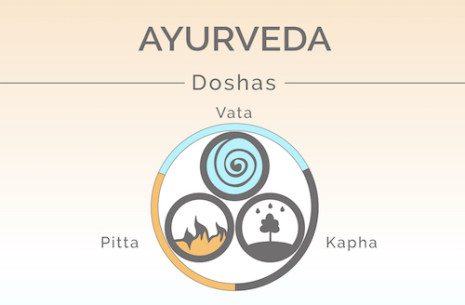
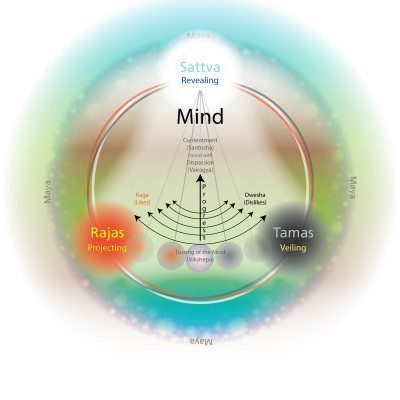
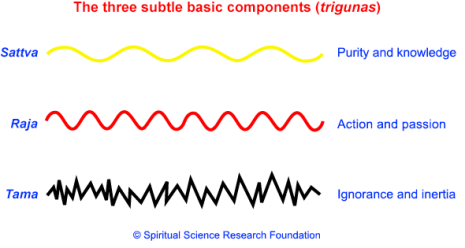

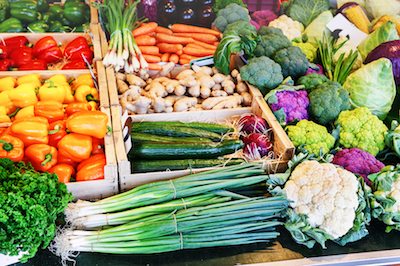
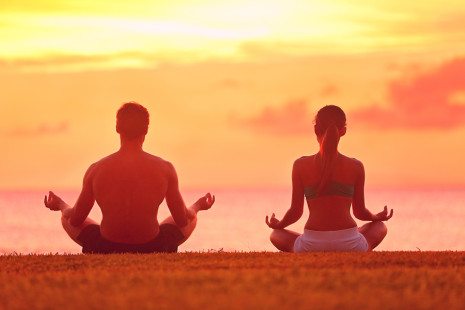
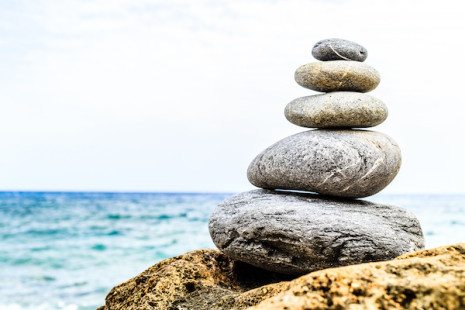
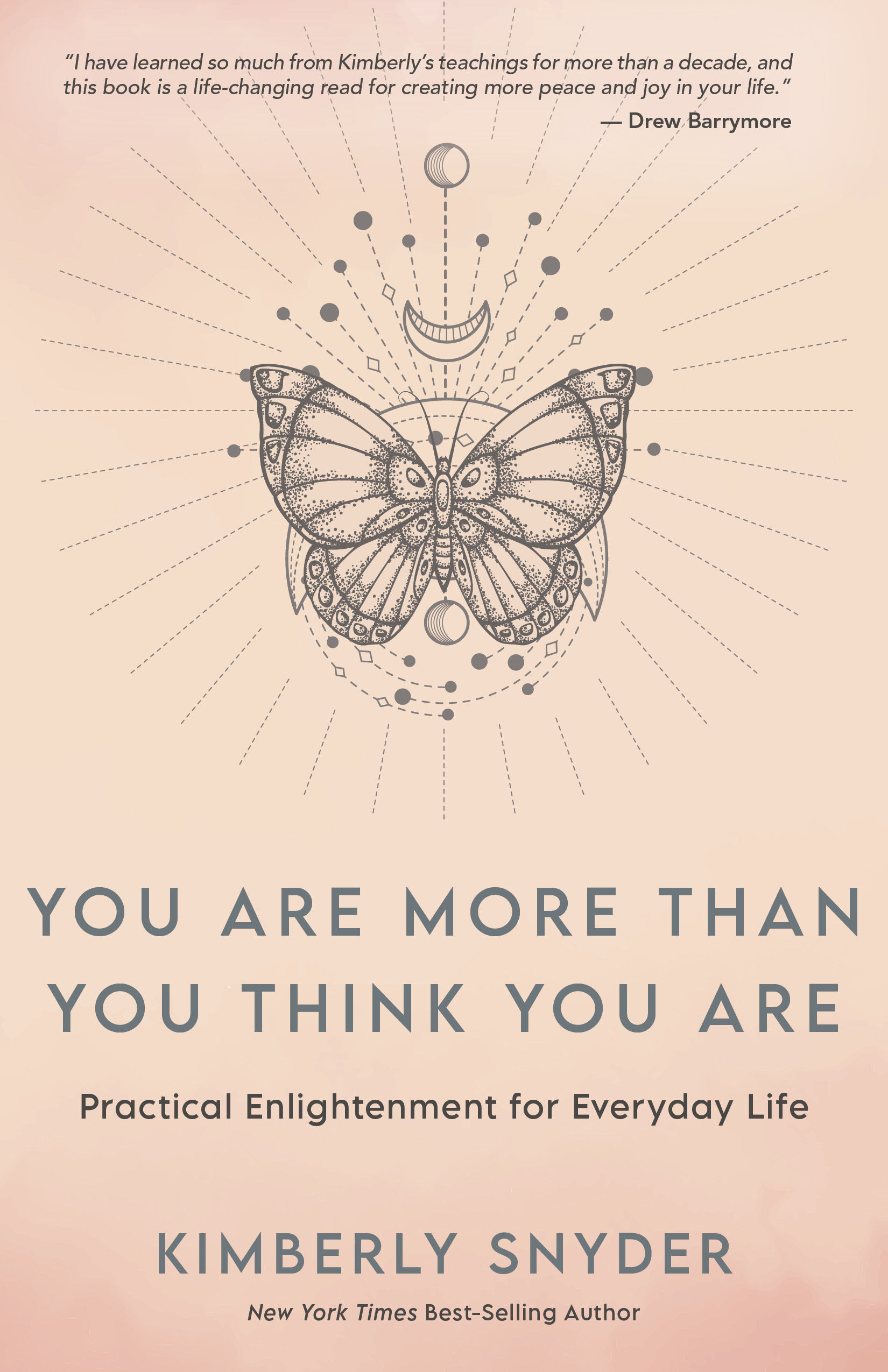
Ayurveda, The name explain it all. No side effect at all. Best part is you will find cure for diabetes, cure for obesity, Even the testosterone booster. If you are looking for all natural medicines for diabetes, obesity or improving your testosterone level. you can buy it from http://www.fenfuro.com
Hi Kimberly!
I have a question. Months ago, I stopped drinking the GGS because it goes against the traditional ayruvedic food combinations of mixing fruit and vegetables, which can aggravate vata. Even my Ayurvedic practitioner said no more than once or twice a week of green smoothies as even though they are blended, they are too complicated for the digestion. You also mention to eat heavier later in the day (dinner) while ayruveda traditionally says to eat the biggest meal during lunch! Lastly, you promote raw foods for better digestion while Ayruveda recommends eating cooked foods and to avoid raw foods as they are hard on the digestion. I definitely don’t want to sound like I’m putting the beauty detox diet down but I’m just confused on how it follows Ayruveda. As a new yogi, I’m working on finding what works for me and though I love the ideas you put out, traditionally ayruveda seems to disagree. However, I’m *additionally* not sure whether or not to continue to follow the traditional Ayurvedic diet anyway as it tends to be rather restrictive too. But at this moment, I’m not sure what to follow anyway—ugh!
Regardless… Some clarification on your point of view would be great!
Much love. xx
Hi Gabriela…thanks for checking out my blog post. I can definitely understand the conflict. I always encourage my Beauties to go through the steps of the Beauty Detox lifestyle and give it some time to see the benefits. If you notice you don’t feel well, eliminate one food item at a time until you are able to recognize what your body needs. We all are different and have different needs. Put into practice what works in harmony with what you want to practice. As we know, no two bodies are the same, so you need to stay aware of how you feel after consuming your foods. Above all else, listen to your body and consult your Health Care Practitioner with any health concerns you may have. All my best! ;)
I’ve wondered too about the differences between what my Ayurvedic practitioner prescribed and BD. I think I just need to keep experimenting because I just started with both. I like BD though because it incorporates a lot of the good stuff from Ayurveda. It’s also fresh, it’s healthy, it’s vegan, and it’s all laid out for you in an easy to follow format. My prescribed Vata balancing diet is not vegan, it’s pretty restrictive, and sometimes it’s not so straightforward. Also, my Ayurvedic practitioner prescribed me 2 supplements which I had a very difficult time finding for purchase in the U.S., Mentat and Hingwashtak. I felt a little sketchy about this, but she assured me they were safe! Anyway, this experience has made me appreciate the design of BD even more! Thank you Kimberly, for your help :-) LOVE, Jane in KY
Thanks so much Jane. It’s great to hear you are taking so much interest in your overall health and wellbeing. You can take a look at my other blog post about: The Beauty Detox Perspective on Ayurvedic Principles (https://bit.ly/2nzU8jj), which will provide you with even more information on how to combine the two lifestyles into your daily life. Keep up the great work and sending you lots of love! ;) Xo